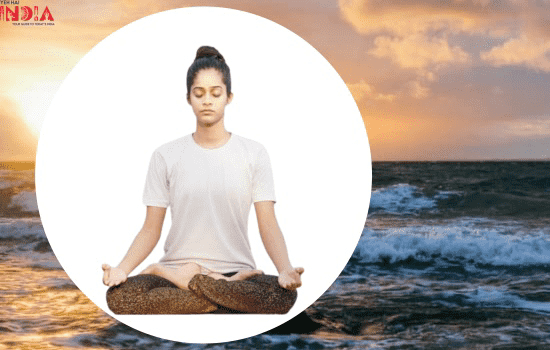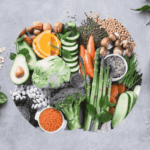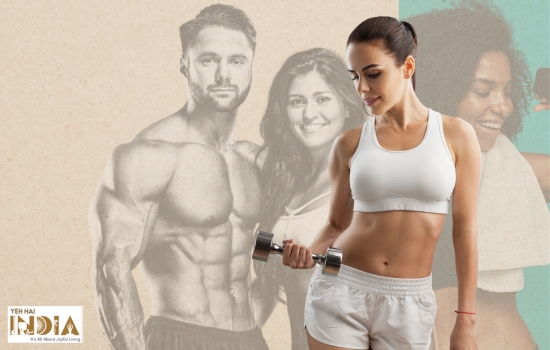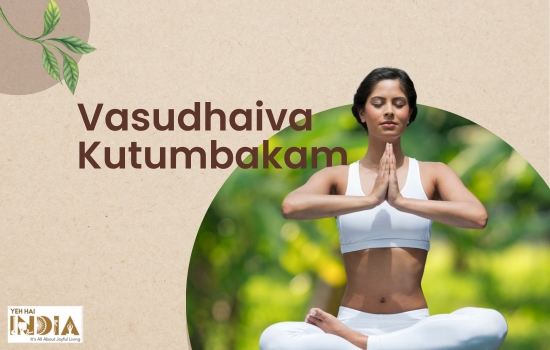What is Bhastrika Pranayama?
Bhastrika Pranyama is derived from the Sanskrit word ‘Bhastrika’ which means bellow. The way bellows are squeezed during this exercise, draws the relevance to its name.
This exercise draws the action of abdominal and diaphragm muscles rapidly to generate heat in the body.
The best factor about this pranyama is that it lets one evolve the habit of equal breathing.
Unlike other exercises like Kapalabati, equal emphasis is laid on both inhaling and exhaling in this form of Pranayama.
Breathing equally creates a space in lungs and with every breath, the exchange of air increases. This stimulates ‘digestive fire’ and produces heat in the body.
This Kriya or action, cleanses the airways through the lungs.
Bhastrika involves rapid and forceful process of inhalation and exhalation powered by the movement of the diaphragm. One round of both inhale and exhale equals to one Bhastrika.
Yogis and practitioners usually do this Pranyama before practicing heavy postures. This will heat the body. This is why Yogis call this Pranyama as ‘Breath of Fire’.
In the past few years, Pranayama has gained wide acceptance from the global citizens. The therapeutic effects of various breathing exercises, and mindfulness that these exercises offer made Pranayama a resonant theme around the world.
Recommended Story – Stay cool, literally! Learn the Sheetali Pranayama!
A pathway to Sustainable Living
In wake of the COVID-19 pandemic, world citizens are subscribing to a lifestyle that offers over-all wellbeing of body and mind. In this regard, pranyama offers long-term benefits for a sustainable lifestyle.
Pranyama is the intense practice of regulating your breath.
In Sanskrit, ‘Prana’ means energy and ‘yama’ means control.
The perpetual sequences of inhales and exhales during these exercises are responsible for the many benefits one derives out of these practices.
The Bhastrika Pranyama is one of the fast breathing exercises in pranyama. It belongs to the eight traditional pranyamas described in the Hatha Yoga Pradapika.
This exercise sets refreshing benefits in its most natural form.
Steps to Practice Bhastrika Pranayama
- Place a mat on a flat floor and sit comfortably.
- Positions like padmasana or sukhasana are suggestive for this exercise.
- Make sure that your backbone is straight and eyes are closed.
- Keep both your hands on the knees and join your index finger and the thumb to hold gyan mudra.
- Take a deep breath forcefully through the nostrils and breathe out, without any strain. This becomes one Bhastrika.
- Immediately, breathe with the same force.
- Inhale and exhale deeply and thoroughly, using your diaphragmatic muscles.
- This process should be rhythmic. You will also witness a strong audible sound during your breathing process.
- Continue this breathing for at least 10 cycles before you take a small break/ pause.
- You can practice 3 rounds with a pause in between, for receiving strong benefits.
- This practice must be done on an empty stomach after evacuation in the morning.
Precautions !
- This practice must not be done by pregnant women.
- The practice must not be done by people having high blood pressure.
- Beginners should practice this pranyama slowly and often take more pauses and breaks.
- Make sure the practice is rhythmic.
- Practice at your own pace and do not exceed 2-3 minutes in extreme heat or cold conditions.
- Patients with lung, heart or stomach diseases must practice this exercise very slowly. If the problem is serious, it is suggestive not to practice this exercise.
- If you feel dizzy during this exercise, increase the duration of the pause/break.
Keep a check on
- Check if your body is moving too much. The only moving parts must be your abdomen, diaphragm and chest.
- After each round, make sure that your spine is straight and aligned. Usually fast pace of breath makes you lose your alignment and posture.
- In the initial phases of this practice, you may normally experience a slight pain or discomfort in your collarbones or chest. This is normal.
Benefits of Bhastrika Pranyama
- Purifies your air pipes and lungs
The intense intake of inhales and exhales helps in purifying the air pipes and lungs.This balances Vata, Pitta and Kapha.
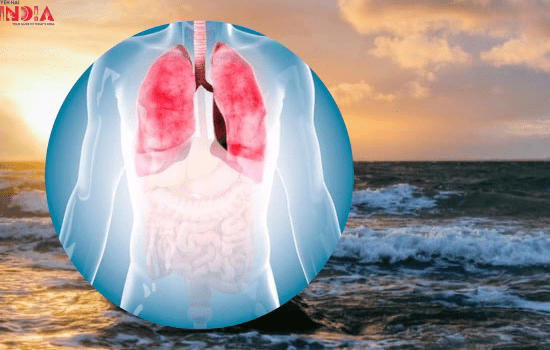
2. Improves Oxygen Levels
This exercise also helps to purify your blood stream and improves oxygen levels in blood.

3. Reduces Anxiety & Stress

In a recent study undertaken by Frontiers of Psychiatry, the practice of Bhastrika has shown evidence of improvement in emotional processing, anxiety and stress.
In a series of Magnetic Resonance Imaging (MRI) protocols through randomized control trials, bhastrika has shown changes in prefrontal cortex, ventrolateral prefrontal cortex and right anterior insula which are associated with anxiety.
Recommended Story – Yoga- Breathing exercises for anxiety
4. Controls Blood pressure
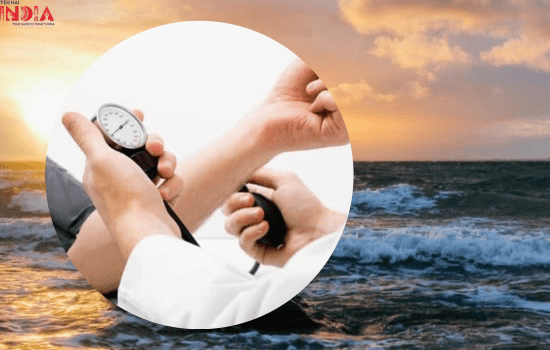
The same study by Frontiers of Psychiatry also confirmed that this exercise controls increased blood pressure and decreases its negative effects.
5. Maintains a healthy heart rate
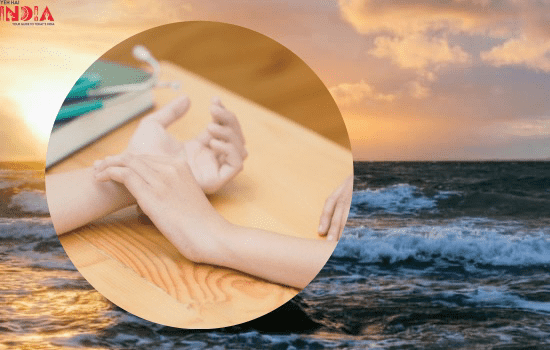
6. Helps in Reducing Belly Fat
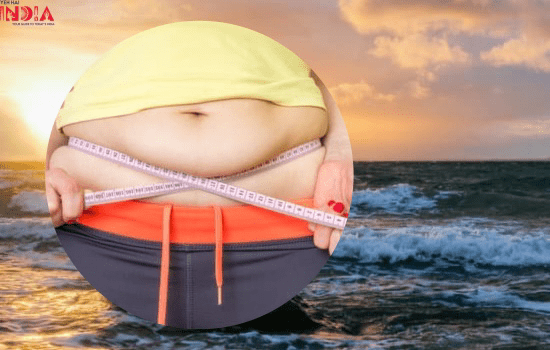
7. Good for Throat & Lung Allergies
Bhastrika also helps you eradicate the negative effects of polluted air, smoking and other kinds of throat and lung allergies and infections.
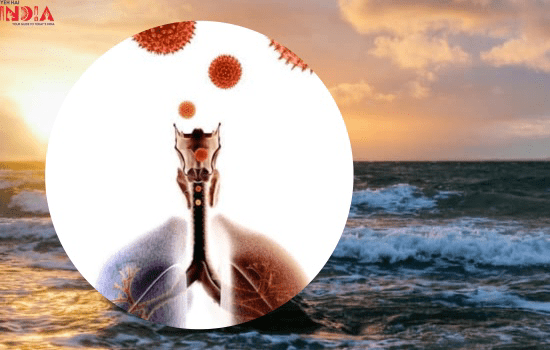
8. Increases Concentration
Bhastrika helps in Kundalini Jagran and keeps brain healthy and helps it to concentrate
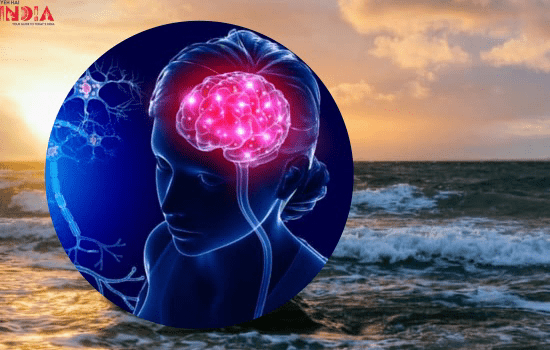
9. Produces body Heat
This exercise helps in winter season as it produces heat in the body.

10. Removes diseases caused by Bile & Mucus
According to Hatapradapika, this practice removes diseases caused by excess of bile and mucus.

12. Keeps your Lungs Strong
The best advantage of this exercise is it makes your lungs strong. In the long term, it helps to increase the level of oxygen in blood and keeps the stream healthy and active.
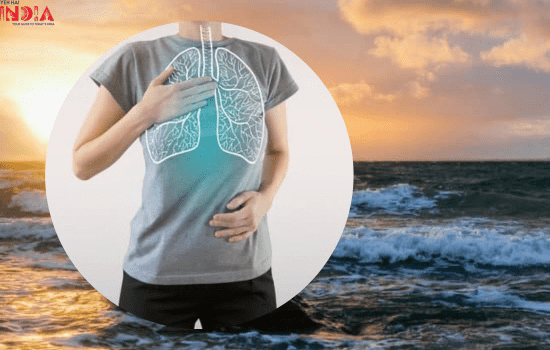
To Conclude
There are numerous benefits to this exercise, both short and long term, mentally and physically! Give it a go, you wont regret it!
Also Read – 7 Chakras to align your body and soul!


